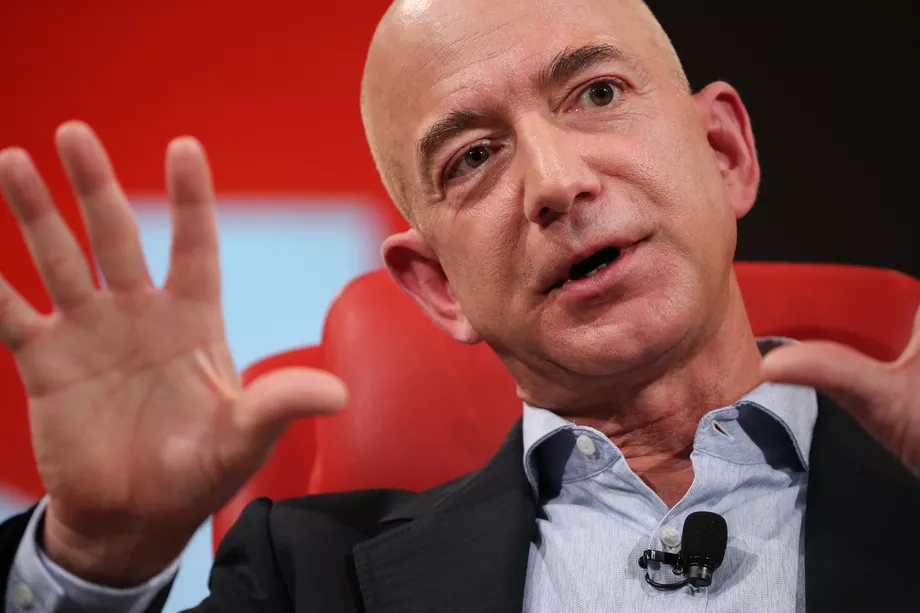I’ve had been mulling over the last couple months as to why I keep hearing that leaders do not want over 80% of the information before making decisions. On an analytical perspective, it would make sense to want to see the whole picture before making long-lasting decisions. Previous suggestions that I read in Starting with Why hinted that information seemed less reliable if it got closer to 100%. Saying that the full information is not reliable however is basically inferring that less information is therefore more reliable, which is not necessarily true. It feels like an overly convenient escape from complexity and complications.
Article TLDR – This is the Jeff Bezos playbook for preventing Amazon’s demise
This is a quick summary on the article from Recode. For the full read, check out the source below.
That’s a question I just got at our most recent all-hands meeting. I’ve been reminding people that it’s Day 1 for a couple of decades. I work in an Amazon building named Day 1, and when I moved buildings, I took the name with me. I spend time thinking about this topic.
“Day 2 is stasis. Followed by irrelevance. Followed by excruciating, painful decline. Followed by death. And that is why it is always Day 1.”
First, never use a one-size-fits-all decision-making process. Many decisions are reversible, two-way doors.
Second, most decisions should probably be made with somewhere around 70% of the information you wish you had. If you wait for 90%, in most cases, you’re probably being slow.
Third, use the phrase “disagree and commit.” This phrase will save a lot of time. By the time you’re at this point, no one can know the answer for sure, and you’ll probably get a quick yes.
Fourth, recognize true misalignment issues early and escalate them immediately. No amount of discussion, no number of meetings will resolve that deep misalignment.
Source: https://www.recode.net/2017/4/12/15274220/jeff-bezos-amazon-shareholders-letter-day-2-disagree-and-commit


Share your thoughts!